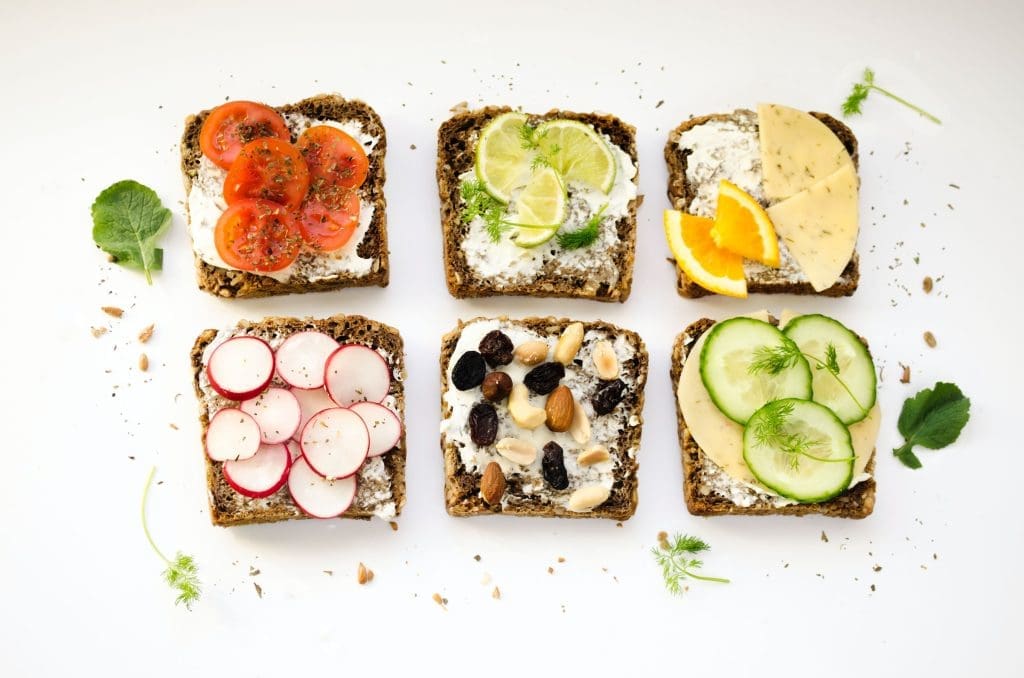We need our joints to work like they were designed: pain free, mobile and flexible.
Throughout life, we use (and maybe abuse) our poor shoulders, hips, and backs to the point of chronic pain, limited range of motion and outright damage. Taking pain medicine offers temporary relief but it isn’t going to fix the problem. Sometimes surgery is inevitable. Let’s give all your joints the support they need on a daily basis to stay strong and healthy.
Take charge of your shoulders, knees, and hips by incorporating daily habits that support and protect the joints. After you’ve ruled out a major issue with imaging (think MRIs and X-rays), it’s time to dig deeper and work on your root cause.
In this post, we’re going to address the top habits to adopt to protect and nurture your joints. It’s never too late to start! Even if you’ve had a joint replacement surgery you can continue to maintain range of motion and support muscles, ligaments and cartilage surrounding the joint. Help make the muscles and soft tissues that are still there stronger and helpful in protecting the new joint. They work together, after all.

Joint Supplements the Right Way:
- Pick the right supplement. Providing your body with the building blocks of collagen can offer support for joint health, including supporting ligaments, tendons, and cartilage.
- Supplementation for joints can take time. Don’t lose patience! Support your body for the long term. Make sure you’re taking enough each day for your specific needs and the benefits will soon come.
- Care for all the parts of your joints. Ligament, tendon, cartilage, and bone health are vital for the stability and longevity of joints. The surrounding muscles also play a key role in keeping joints healthy.
- National Institutes of Health research shows amino acids to be an essential ingredient in joint supplements. Amino acids are the key building blocks of collagen precursors.
- Skip the Glucosamine and Chondroitin. Despite the hype, these formulas are not nearly as effective as amino acid formulas that include l-proline, l-glycine and l-lysine. Meehan Formulation’s Joint Health Formula, which goes beyond the current “Collagen” craze delivers the key building blocks of cartilage in a form your body knows what to do with. It’s been a bestseller for over a decade for good reason: Joint Health delivers support right where you need it, whether you’re focusing on an acute condition or you’re looking for a joint supplement to help maintain and support overall joint health, this is the one for you.
Importance of good food for overall health
- We are strong advocates for wholesome food and believe it’s absolutely essential to maintaining a healthy body and strong joints as we age. Your diet can work for you in a positive way if you can choose the right foods most of the time.
- What does good food even mean anymore? There are so many fads and diets out there today. Our advice? Stick to whole, minimally processed foods and keep sugar to a minimum. Cook at home. Not too much oil. Whole grains. Make sure you’re eating enough protein and vegetables. Organic fruits and vegetables when you can. Grass fed meat and wild caught seafood. One of our favorite staples? Black beans and brown rice! Economical and nutritious! Want more great food ideas? Check out MeehanHeathline.com for inspiration and recipes on clean eating.
Keep your electrolytes balanced.
Keeping your electrolytes in balance is crucial in maintaining a healthy bone density level. Eating healthy is a great way to start, and taking Alkaline Formula helps keep minerals in check with potassium, magnesium and sodium in a balanced ratio. Alkaline Formula not only helps maintain proper PH, but it helps minimize lactic acid buildup after working out. Skip the sugary electrolyte beverages at the supermarket – they contain way too much sugar (or artificial sugar)!
Did you know? Bone is made up of over 10 different minerals, and when your electrolytes go out of whack (for whatever reason – even age), minerals can be leached away from your bones to try and rebalance those levels. Older women are especially prone to electrolyte imbalance as their hormones start to fluctuate. The key is maintaining the right environment within your body to help minerals stay put in your bones. Health bone density and healthy joints go hand in hand.
Take trace minerals: You need to make sure you’re taking in ALL the minerals your bones are made of. Calcium is considered one of the macro minerals, along with phosphorous, of bone composition. But it’s not as simple as just taking calcium. For best absorption, get your calcium from eating calcium rich foods which typically contain a range of minerals to increase absorption and take a trace mineral supplement that helps deliver all the minerals your bones are made of. We like this brand: Trace Minerals.

Reduce Inflammation: Inflammation can creep in from a variety of places: poor food quality, environmental exposure to toxins, dehydration, food sensitivities. Do an honest assessment of what you’re exposing your body to. What can you change?
A few key things can to start reduce inflammation:
- Get outside for at least a few minutes each day. Being outside in nature has been shown to reduce inflammation and stress levels while improving mental health.
- Reduce your exposure to chemicals: Start to swap out cleaning and beauty products full of plastics and chemicals. A great place to start: The Environmental Working Group website
- Reduce alcohol consumption. Alcohol is extremely inflammatory.
- Reduce sugar consumption – You guessed it- sugar is also very inflammatory.
- Stay hydrated with filtered water and trace minerals.
We know it’s hard to go cold turkey and change everything at once. Start slow, so consider changing one or two habits at a time until they feel more normal, and stack a new habit on top of that.
Get Moving.
Think Daily Activity AND lots of it!
- Consistent daily exercise is essential for joint health and to maintain or improve your range of motion as we age. Both cardio and weight training are important. Our bodies are just not built to sit at a desk all day.
- Incorporating exercise into our daily lives is the easiest way to stay consistent and strengthen the habits. Walk more, drive less. Take the stairs. Walk around your neighborhood. You can do so many exercises right in your living room using your body weight. Experiencing discomfort? Work at your level with modifications, but don’t stop moving every day.
- Joints stay healthy by moving in their full range of motion on a regular basis. Get educated about your body. Do you know all the ways your shoulders should move?
- Here are some great resources to learn more about the importance of range of motion:
Tom Morrison: The Simplistic Mobility Method is on Instagram and Tom’s Youtube channel is full of great videos about joint mobility
Functional Patterns: A longer commitment but great information: functionalpatterns.com
Movement 101: Find posts on Instagram all about simple exercise for joint issues.
B. S Parker: Has a free Facebook Group that showcases simple range of motion and simple strength routines.
Egoscue Method: This is a great resource for body alignment and symmetry.
Taking Care of your Joints
Are you suffering from Joint pain and want to seek alternative treatments? Are you in the Jackson Hole area? I’m a licensed acupuncturist with over 37 years of experience using a variety of therapies to help the body heal. I successfully treat acute and chronic joint issues in my clinic every day. Schedule a consultation or an appointment today at KevinMeehanJH.com.
The keys to lasting joint mobility includes the right supplements, a healthy diet, and consistent exercise over your lifetime. And it’s never too late to start making changes, whether big or small. Challenge yourself to make lifelong habits, not just a short term resolution. Move away from Chondroitin and Glucosamine supplements and ramp up your amino acid consumption for targeted collagen support (collagen is what your tendons and ligaments are made of). Chances are, after implementing change, you’ll start to feel better and move easier.
Thanks for reading!